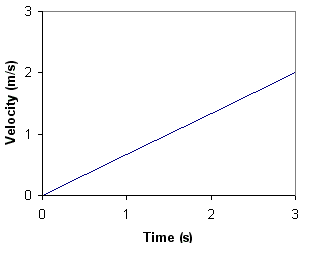Excerpts from http://www.alevelphysics.info/
Here, we look at what electric field is about. This is, unfortunately, not the most familiar type of electricity in every day life. We are more familiar with electrical voltage and current. When we switch on the television, we are allowing electric current to flow through the wires into the TV. What flow through the wires are electrons. These are tiny particles that are much smaller than atoms, and much lighter. Throughout the topic on electricity, we shall be exploring the effects of these little particles.
Now, imagine getting two small, light plastic balls. Tie a string to each one and hang them side by side, close to each other. Get a piece of cloth, rub the balls, and release them. If you are lucky, you will see the balls move away from each other. I say 'lucky', because it is not always easy to get it right. Everything must be very dry, and it may not work for some type of cloth or plastic.
On this page, we want to understand a little bit more about why these two balls move apart. What happens when you rub a ball is that you are rubbing off some of the electrons from the ball. You may also be rubbing extra electrons into the ball, depending on the cloth or ball. For now, lets assume that the cloth actually removes some electrons from the ball.

Normally, each atom in the ball is made up of the same number of protons at the centre, and electrons around it. When some electrons are rubbed away, from the ball, we end up with slightly more protons. When both balls are short of electrons, they can push each other away, as we have seen. Somehow, there is a force that goes through the air from one ball to the other ball and pushes it. This force is called an electric force.
There must be something in the protons and electrons that gives rise to this force. We cannot see it, but scientists have done a great deal of experiments on it and found about a lot about how it behaves. They have given it a name - the electric charge. What they found is that, we can think of each electron as having a charge. This charge is a quantity like mass, but it has no weight. It is another aspect of the electron, just like mass and colour are two different aspects of a ball. Like mass, we can talk about the amount of charge with a number. The unit of mass is kilogram. The unit of electrical charge is Coulomb.
The funny thing about charge is that, it can be a positive number or a negative number. Electrons have negative charge, but protons have positive charge. Before you rub the ball, the is the same number of electrons and protons in the ball, so the total charge is zero. When you rub off some electrons, you have slightly more protons. The the total charge is slightly positive. As you have seen, two positively charged balls push each other away. That is, they repel each other.
If we use a different type of ball and cloth, say wood and fur, we may be able to rub electrons into the ball. Then we have more electrons than protons, and the ball becomes negatively charged. If you hang a positively charged ball next to a negatively charged ball, you will see that the come closer together. That is, they attract each other. The scientists have checked this very carefully, that is why they came up with this idea of using negative numbers for the charges to explain the oppositve direction of the force - attraction is opposite to repulsion.
We have now set the scene for what we need to learn. On a forthcoming page, we shall see how the idea of an electric field grows from this.





